Best Companion Plants For Cordyline
Best Companion Plants for Cordyline
Cordylines are tropical and subtropical plants that are known for their colorful foliage and upright growth habit. They can be grown as houseplants, in containers, or in the landscape. When choosing companion plants for cordylines, it is important to consider the plant's size, light requirements, and water needs.
Here are some of the best companion plants for cordylines:
- Ferns: Ferns are a great choice for companion plants for cordylines because they have similar light and water requirements. They also add a touch of delicateness and texture to the landscape. Some good options for ferns include Boston fern, maidenhair fern, and sword fern.
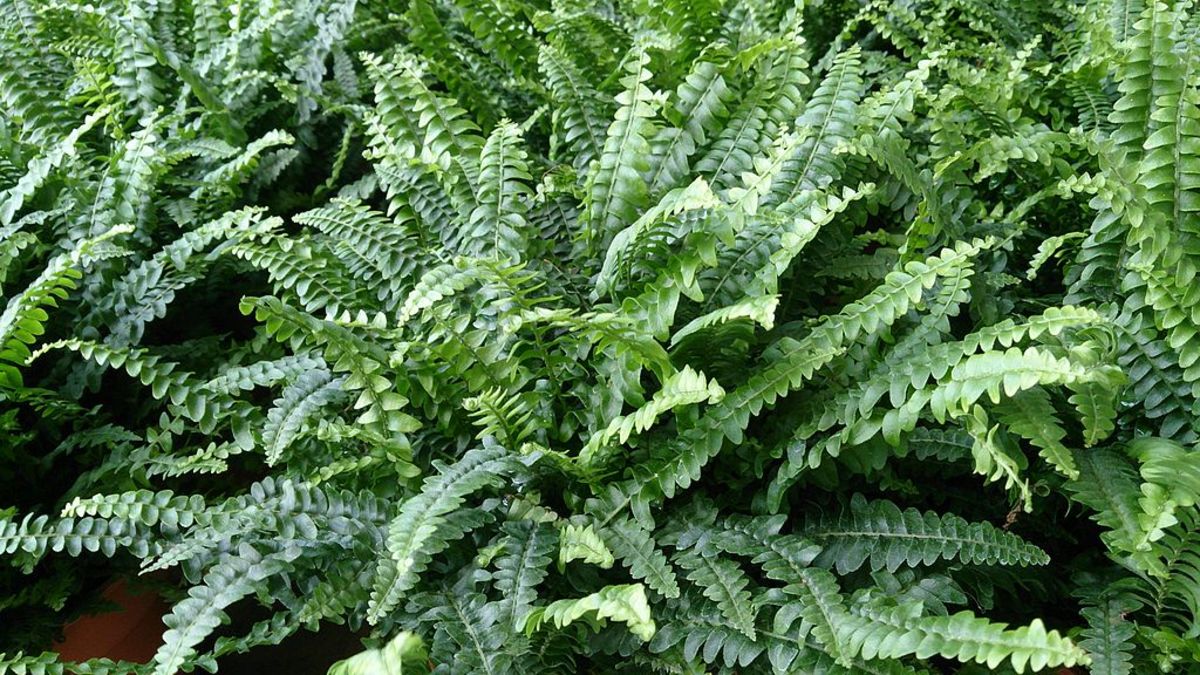
- Ornamental grasses: Ornamental grasses add movement and interest to a landscape. They also tolerate a wide range of conditions, making them a good choice for companion plants for cordylines. Some good options for ornamental grasses include feather reed grass, blue oat grass, and zebra grass.

- Canna lilies: Canna lilies are a great choice for adding color and drama to a landscape. They come in a variety of colors, including red, orange, yellow, and white. Canna lilies also bloom in the summer, which helps to extend the flowering season in a garden.
- Hibiscus: Hibiscus is another great choice for adding color to a landscape. They come in a variety of colors, including red, pink, orange, yellow, and white. Hibiscus also blooms in the summer, which helps to extend the flowering season in a garden.

- Bromeliads: Bromeliads are tropical plants that add a touch of exoticism to a landscape. They come in a variety of shapes and sizes, and some even bloom. Bromeliads are relatively easy to care for, and they can be grown in containers or in the ground.

When planting cordylines with other plants, it is important to consider the size of the plants as they mature. Cordylines can grow quite large, so it is important to plant them with other plants that have similar growth habits. It is also important to consider the amount of sunlight that the plants need. Cordylines need full sun, so it is important to plant them with other plants that also need full sun.
With a little planning, you can create a beautiful and thriving landscape by pairing cordylines with the right companion plants.
Cordylines are beautiful plants that can add a touch of tropical flair to any garden. But what plants should you pair them with?
The right companion plants can help to accentuate the cordyline's unique foliage, while also providing complementary colors and textures. Some good options include:
- Ferns: Ferns add a delicate, airy touch to any garden, and they can help to soften the bold lines of the cordyline. Garden Wiki
- Grasses: Grasses add movement and interest to a garden, and they can also help to fill in empty spaces.
- Canna lilies: Canna lilies offer bright, fiery colors that can contrast beautifully with the cordyline's foliage.
- Euphorbias: Euphorbias come in a variety of shapes and sizes, and they can add a touch of exoticism to any garden.
- Sedum rupestre 'Angelina': This sedum offers bright golden foliage that turns red in the winter. It's a great choice for adding color and interest to a winter garden.
For more information about cordyline companion plants, please visit Garden Wiki.
FAQ of cordyline companion plants
- What are some good companion plants for cordylines?
Cordylines are tropical plants that can grow in a variety of conditions, but they do best in full sun and well-drained soil. Some good companion plants for cordylines include:
* Canna lilies: These plants have brightly colored flowers that complement the foliage of cordylines.
* Hibiscus: These plants also have large, colorful flowers that can add a tropical touch to your garden.
* Yuccas: These plants have similar growing requirements to cordylines and can provide a dramatic contrast in texture.
* Aloe vera: This plant is drought-tolerant and can help to keep the soil in your garden moist.
* Elephant ears: These plants have large, heart-shaped leaves that add a tropical feel to your garden.
- What are some of the benefits of planting companion plants with cordylines?
There are a few benefits to planting companion plants with cordylines. First, companion plants can help to deter pests and diseases. For example, yuccas can help to repel spider mites, while aloe vera can help to protect plants from fungal diseases. Second, companion plants can help to improve the overall health of cordylines. For example, canna lilies can help to improve the drainage of the soil, while hibiscus can help to provide shade and shelter from the wind. Third, companion plants can simply add beauty and interest to your garden. By planting different types of plants together, you can create a more visually appealing and diverse landscape.
- What are some things to keep in mind when choosing companion plants for cordylines?
When choosing companion plants for cordylines, there are a few things to keep in mind:
* Plants with similar growing conditions: When choosing companion plants, it is important to select plants that have similar growing conditions. This means that they should have similar requirements for sunlight, water, and soil type.
* Plants with different textures and colors: In addition to considering the growing conditions, you may also want to consider the textures and colors of the plants you choose. This will help to create a more visually interesting landscape.
* Plants with complementary scents: If you enjoy gardening with your senses, you may also want to consider planting companion plants with complementary scents. For example, you could plant cordylines with citrus trees or herbs such as lavender or rosemary.
- How do I plant cordylines with companion plants?
When planting cordylines with companion plants, it is important to space the plants appropriately. Cordylines can grow quite large, so you will need to give them plenty of room to spread out. You should also plant the companion plants at the same depth as they were growing in their pots.
- How do I care for cordylines and their companion plants?
The care requirements for cordylines and their companion plants will vary depending on the specific plants involved. However, in general, both types of plants will need regular watering, especially during the hot summer months. They will also need to be fertilized once a month during the growing season. In addition, you may need to protect cordylines from frost in colder climates.
Image of cordyline companion plants
- Canna lilies. These bright and colorful flowers are a perfect complement to the bold foliage of cordylines. They can be planted in the ground or in containers, and they will thrive in full sun to partial shade.
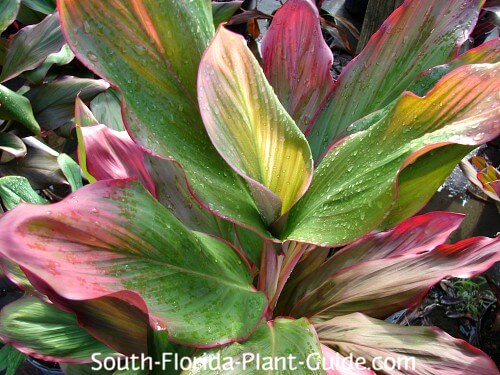
- Dahlias. Dahlias are another great choice for companion plants for cordylines. They come in a wide variety of colors, so you can choose ones that will match or contrast with the color of your cordyline. Dahlias also prefer full sun to partial shade.
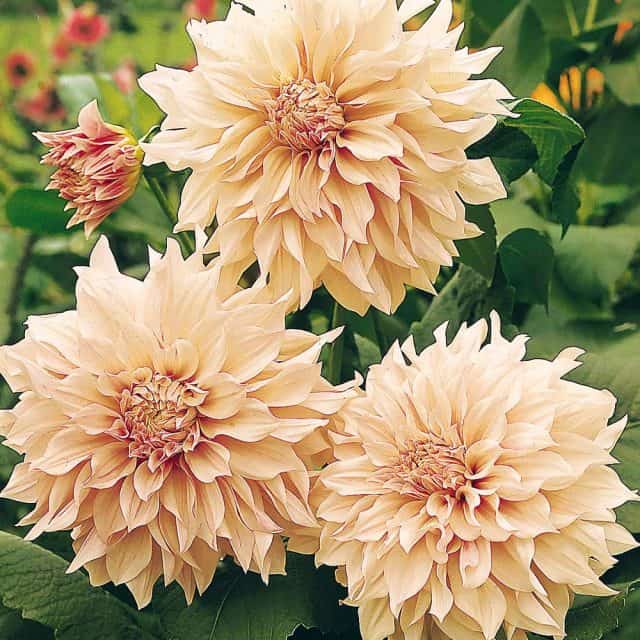
- Hemerocallis (day lilies). Day lilies are a low-maintenance plant that is perfect for companion planting with cordylines. They come in a variety of colors, and they bloom for several weeks in the summer. Day lilies prefer full sun to partial shade.
- Crocosmia (montbretia). Crocosmia is a striking plant with bright orange or red flowers. It blooms in the summer and prefers full sun to partial shade. Crocosmia can be planted in the ground or in containers.
- Papyrus. Papyrus is a tropical plant that is known for its tall, slender stems and feathery foliage. It prefers full sun and moist soil. Papyrus can be planted in the ground or in containers.
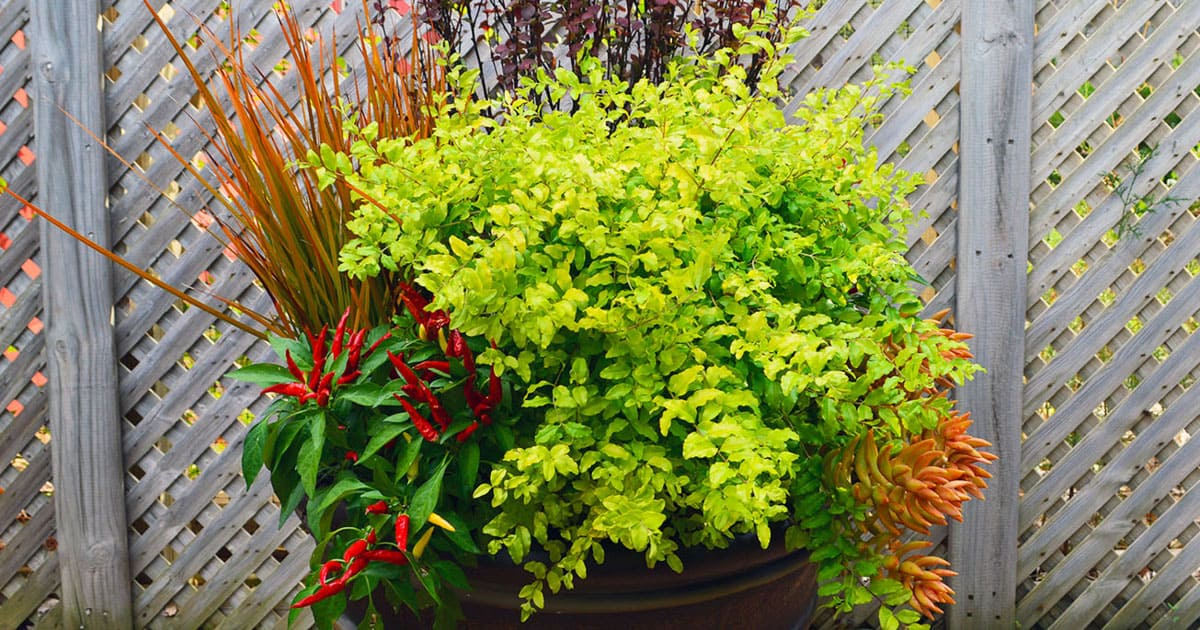
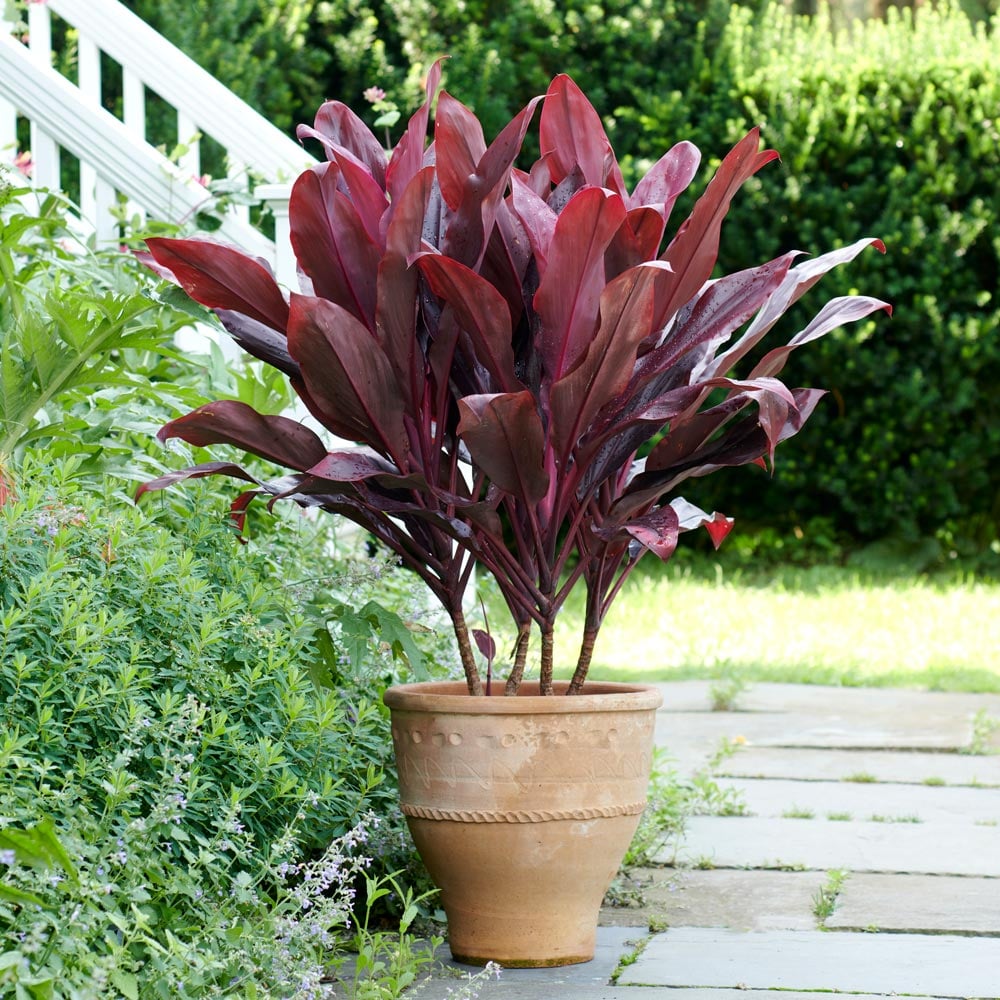
Post a Comment for " Best Companion Plants For Cordyline"